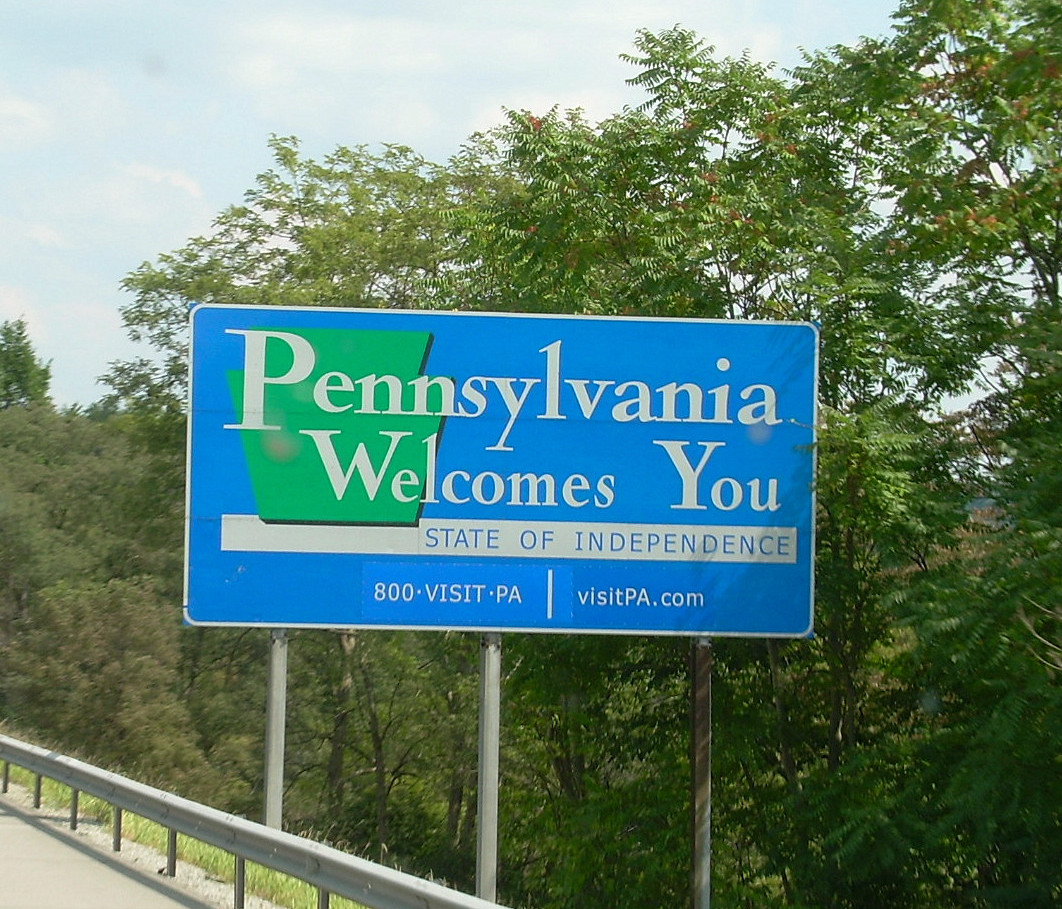Sports
EPA launches contest to find ways to reduce PCB toxins in rivers, but dump still coming to Lee

The U-S Environmental Protection Agency announced a competition this month to identify ways to reduce the toxicity and concentrations of PCBs in rivers.
Even if a method is found, the EPA says General Electric will still dig up soil and place it in a toxic waste landfill in Lee, Massachusetts, as part of the PCB clean up of the Housatonic River. General Electric contaminated the river with PCBs when it manufactured electrical transformers in Pittsfield from the 1930s until the 1970s.
Dean Tagliaferro is the EPA’s senior manager for the GE Pittsfield Housatonic River Superfund site. He explained how a method would and would not be used.
“We’re trying to see if there’s newer, innovative technologies that can reduce PCB toxicity — not to eliminate the use of the landfill, but if there are cost effective solutions that can reduce the PCB concentrations, it may be applicable to material being placed into that landfill,” he said.
Housatonic River advocate Tim Gray called the competition a “pretend exercise.”
Gray is the executive director of the Housatonic River Initiative, which opposes the disposal site. The group has been pushing for the use of alternative technologies to clean up the Housatonic River for decades.
“We think this whole thing is a joke unless we intend to seriously use it at the site,” Gray said.
More than one million cubic yards of sediment and soil, contaminated with PCBs will be excavated from the Housatonic River. Most of it will be disposed of in a landfill in Lee, which will hold material with PCB concentrations of 25 parts per million, on average. Soil and sediment with higher PCB levels will be sent to out-of-state facilities.
Anni Loughlin, a manager in the EPA’s New England office, said the results of the competition could be used elsewhere.
“There are a lot of sites around the country, around the globe that have PCB contamination and soil and sediment,” she said. “So if somebody is able to show that they do have some kind of innovative treatment or technology that’s capable of achieving what the challenge is proposing, then it it’s not just this site. I mean, the application could be very, very broad for that winning company.”
Tagliaferro said 24 vendors have registered so far for the contest. The winners will get a share of $120,000.
The contest is managed by Wazoku, a federal contractor.
Tagliaferro said the Housatonic River clean up plan already includes the use of an alternative technology, known as “activated carbon” in a stretch of the river where there is less turbulence. He said the PCBs bind “to the carbon such that they don’t become bioavailable.” Tagliaferro said it doesn’t destroy the PCBs, but prevents them from being toxic to fish.
Activated carbon is also being used in some of the back waters and is part of a pilot project for treating vernal pools, as part of the Housatonic River cleanup.










